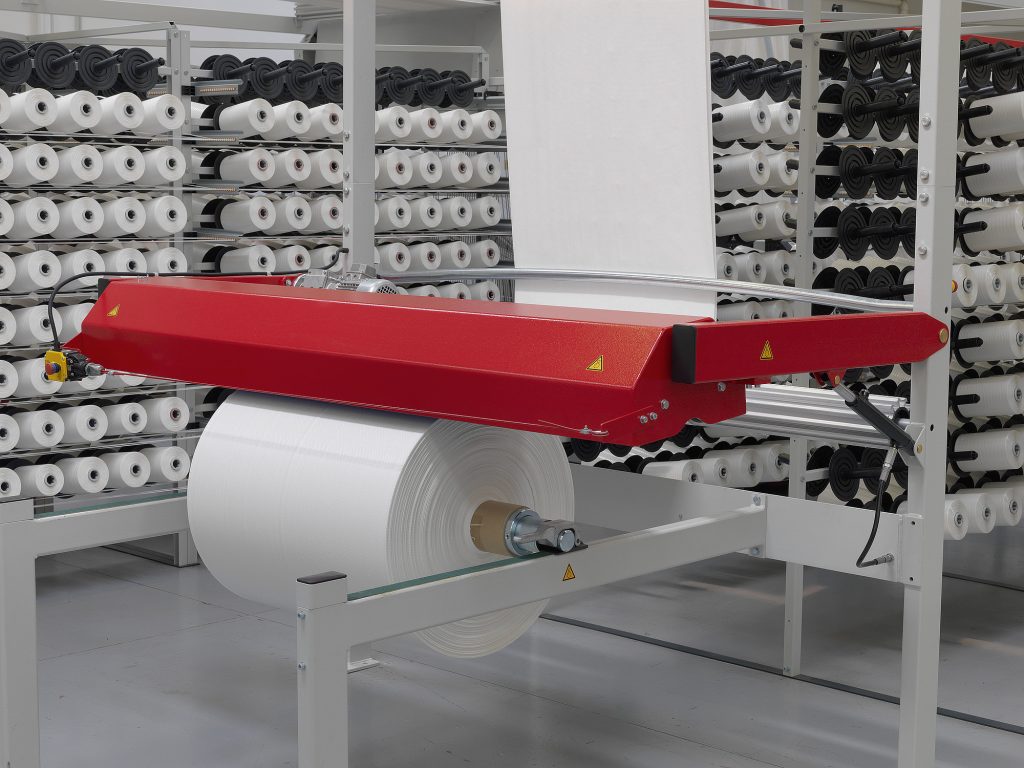
Introduction
In the competitive landscape of industrial packaging, block bottom valve bags have emerged as a cornerstone for efficient and reliable product containment. These bags, characterized by their rectangular “brick-like” structure and self-sealing valve design, are engineered to optimize storage, transportation, and automated filling processes. At VidePak, a leader in woven bag manufacturing since 2008, the integration of premium PP granules and cutting-edge technology ensures that these bags meet the highest quality benchmarks. This report explores how VidePak’s block bottom valve bags address diverse industry needs through specialized designs while maintaining compliance with sustainability and safety standards.
The Role of PP Granules in Bag Quality
Polypropylene (PP) granules form the backbone of block bottom valve bags, offering a balance of strength, flexibility, and chemical resistance. VidePak exclusively uses virgin PP granules, which are extruded into high-tensile threads using 100+ circular looms and 16 extrusion lines. This material choice ensures:
- Durability: With a tensile strength of 8–12 N/mm², PP-based bags withstand heavy loads (up to 50 kg) and rough handling.
- Customization: PP’s compatibility with additives allows for UV stabilization, anti-static coatings, and color masterbatches.
- Sustainability: PP is 100% recyclable, aligning with global ESG commitments.
Case Study: VidePak’s collaboration with a European cement manufacturer required bags capable of enduring high-speed filling (1,200 bags/hour) and extreme environmental stress. By optimizing PP granule density (10×10 threads per inch) and adding a polyethylene (PE) inner liner, VidePak reduced bag breakage rates by 40% and enhanced moisture resistance.
Specialized Designs for Diverse Applications
1. Breathable Designs for Agricultural Packaging
Agricultural products like grains and fertilizers require ventilation to prevent mold and spoilage. VidePak’s breathable valve bags incorporate micro-perforated films or woven meshes, enabling controlled airflow while retaining fine particles.
- Technical Insight: A 2024 study by the Journal of Food Packaging highlighted that breathable PP bags reduced moisture content in rice storage by 15% compared to traditional options.
- VidePak’s Solution: Using ultrasonic seaming technology, the company produces bags with adjustable porosity (5–20 μm), ideal for climates with high humidity.
Dialogue Example:
Q: “How do breathable bags prevent condensation in tropical regions?”
A: “Our bags use PP granules blended with desiccants and perforated liners to regulate internal humidity, ensuring product integrity even at 85% relative humidity.”
2. Barrier Designs for Chemical and Food Safety
For sensitive products like pharmaceuticals or volatile chemicals, barrier designs are critical. VidePak employs multi-layer lamination (e.g., PP/PE/aluminum foil) to block oxygen, odors, and UV light.
- Data Point: Laminated bags reduce oxygen transmission rates (OTR) to <10 cm³/m²/day, extending shelf life by 30%.
- Industry Application: A partnership with a Korean electronics firm required anti-static bags with EMI shielding. VidePak integrated carbon-coated PP layers, achieving surface resistivity of 10⁶–10⁹ Ω/sq.
3. Anti-Static and Antimicrobial Innovations
- Anti-Static: By embedding conductive PP fibers, VidePak’s bags dissipate static charges, critical for packaging flammable powders (e.g., toner, magnesium).
- Antimicrobial: Silver-ion coatings inhibit bacterial growth, meeting FDA standards for food-grade packaging.
VidePak’s Production Capabilities
With 30 Starlinger machines and a 526-member team, VidePak produces 20 million bags annually. Key metrics include:
| Parameter | Specification |
|---|---|
| Bag Dimensions | 35–60 cm (width), 45–91 cm (length) |
| Printing Options | Up to 6-color CMYK, UV-resistant inks |
| Production Speed | 1,000–1,200 bags/hour |
| Certifications | ISO 9001, SGS, Sedex, GB9774-2020 |
FAQs: Addressing Industry Concerns
Q1: How do block bottom bags enhance automated filling?
A: Their rigid structure aligns perfectly with robotic arms, reducing misalignment errors by 70%.
Q2: Are these bags suitable for food contact?
A: Yes, VidePak’s food-grade bags use FDA-approved PP and antimicrobial liners, ideal for flour or spices.
Market Trends and Competitive Edge
The global valve bag market is projected to grow at 5.2% CAGR through 2030, driven by construction and agriculture sectors. VidePak’s Starlinger-equipped facilities and R&D focus on:
- Lightweight Designs: Reducing material use by 20% without compromising strength.
- Smart Packaging: QR codes for traceability and NFC tags for tamper evidence.
Conclusion
Block bottom valve bags are not just packaging solutions—they are engineered systems that safeguard products, streamline logistics, and support sustainability. VidePak’s commitment to PP excellence and innovation positions it as a global leader, ready to meet the evolving demands of industries from cement to consumables.
External Links: